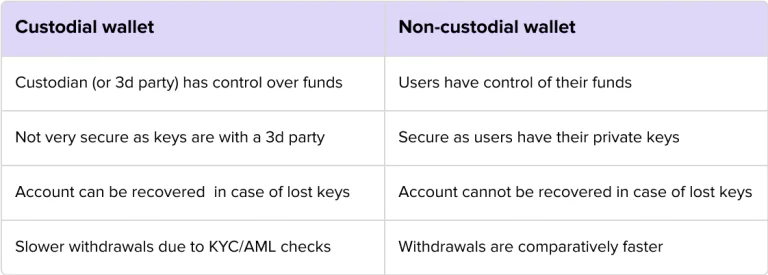Custodial vs Non-Custodial Wallets: Choosing the Best Option for Your Crypto
You may also like
Best practices for building CLI and publishing it to NPM
Introduction CLI stands for the command-line interface. It’s a common way to interact with different processes. Tools with CLI are often used in software development,...
How to Choose the Best MQTT Broker For IoT?
Discover WebbyLab’s guide on choosing the best MQTT broker in IoT. Learn about the broker types, core features, use cases, and examples.
Using LoRa Devices and Gateways in Scalable IoT Solutions
What Makes LoRaWAN Ideal for Modern IoT? First things first: the benefits. Here’s what makes LoRaWAN devices the top choice for modern IoT applications: Extremely...
PIJET: Parallel, Isolated Jest-Enhanced Testing Part II: Implementation
Dive into the practical side of PIJET in this informative piece
ESP32 Development Platforms: A Comprehensive Analysis and Comparison
This guide will explain why ESP32 is used in IoT projects, outlining its core features, specifications, functions, and applications.
8 IoT Issues and Ways to Solve Them [WebbyLab Team’s Real-Life Experience]
Explore key IoT challenges and issues, and discover effective solutions to overcome them, ensuring secure, efficient, and scalable IoT implementations.













![8 IoT Issues and Ways to Solve Them [WebbyLab Team’s Real-Life Experience]](https://webbylab.com/wp-content/uploads/2024/12/upload_6751d19866136-768x260.png)